When I first played htoL#NiQ: The Firefly Diary (pronounced Hotaru no Nikki), I didn’t know what to expect. Only things I knew about the game was the odd name and the unique storybook artstyle. After playing the game, I would have to say it was quite the unique experience. Although there are quite a few viable reasons this may not exactly be a game for everyone, in the end it kind of left a memorable mark on me.
The setting of The Firefly Diary revolves around a girl named Mion, who has found herself in an unknown world. A green firefly flies down to her from above and is controlled by the player. By using the Vita touch screen, you point to where you want the green firefly to go and Mion (whom you have no control of) will follow. So you’ll make use of positioning the green firefly around in order to guide Mion across many dangerous obstacles, like climbing ladders, moving boxes and hitting switches. A purple firefly in the shadows will later join the group, and is controlled through the Vita’s rear touch pad. This purple firefly can only be moved around through the environment’s shadows and can be used to manipulate the environment in order to create new paths. Like cutting ropes or activating unreachable switches.
This is a puzzle platformer of sorts, as you’ll make use of the two fireflies to guide Mion from level to level and avoiding any dangers along the way. The game does a good job in giving you a quick rundown of how things work. You’ll soon realize though that this game will quite challenging, since there is a lot of trial-and-error sequences and you won’t exactly get everything right the first time and do some thinking.
First, I will focus on the negatives of the game. This is mainly because I feel that I should address these things, as it did make me dislike the game in the beginning. Then I will share the positives, because those were the reasons I ended up really enjoying the game.
The Bad: As you may assume, the touch controls of this game are interesting. It’s a neat concept to use the front and rear touch portions of the Vita for gameplay. It does work, but it can feel wonky and not great at times. I found myself trying to figure out how to hold the Vita since I would hit the rear touch pad to activate the purple firefly, while trying to guide the green firefly from the front. It’s also a bit problematic when guiding Mion around because your finger is pointing where the green firefly is going then Mion will follow. So it felt like there was some extra disconnect since you’re not directly controlling the green firefly. This mainly becomes a problem in certain levels where you need to be very precise with your movements or it’s an instant death, which made things very frustrating and a bit impossible. For example, there’s a stage where you have to guide the green firefly through a maze under a time limit. If you hit the sides at any point, you die. So even if you know what you have to do to move on, actually performing it can be a struggle. Also, having your hand covering parts of the screen can prevent you from clearly seeing nearby obstacles.
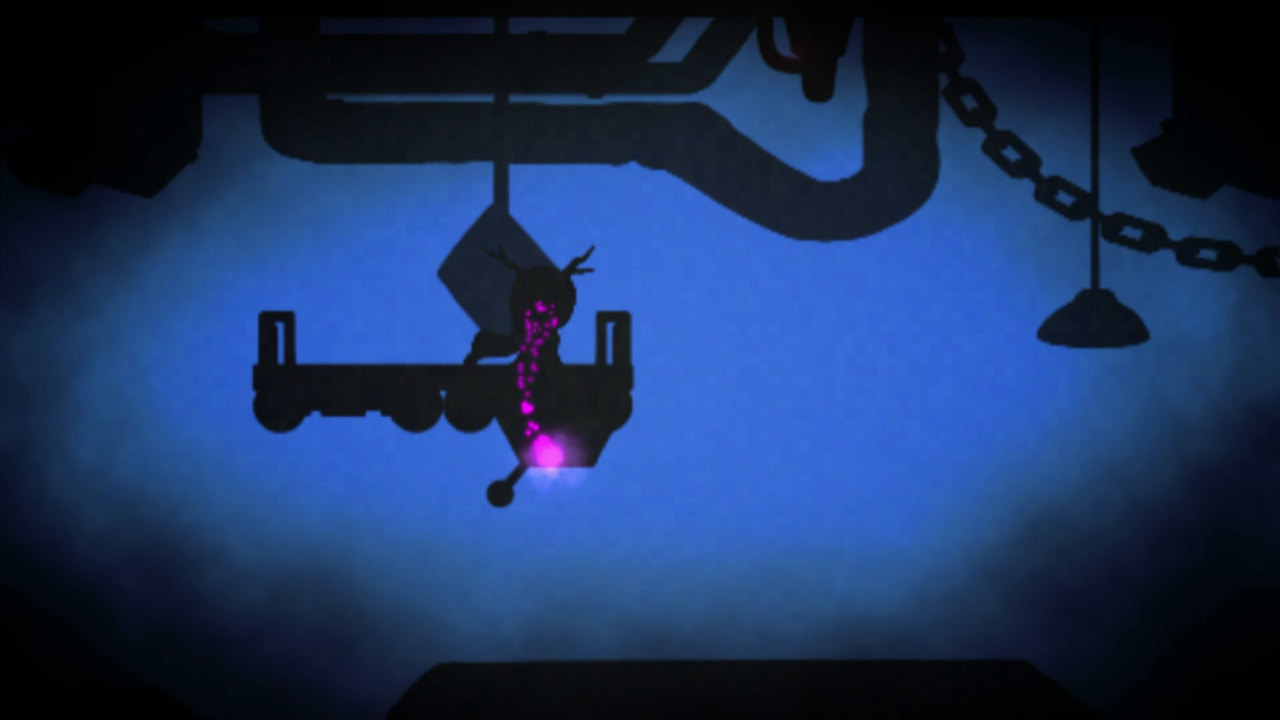
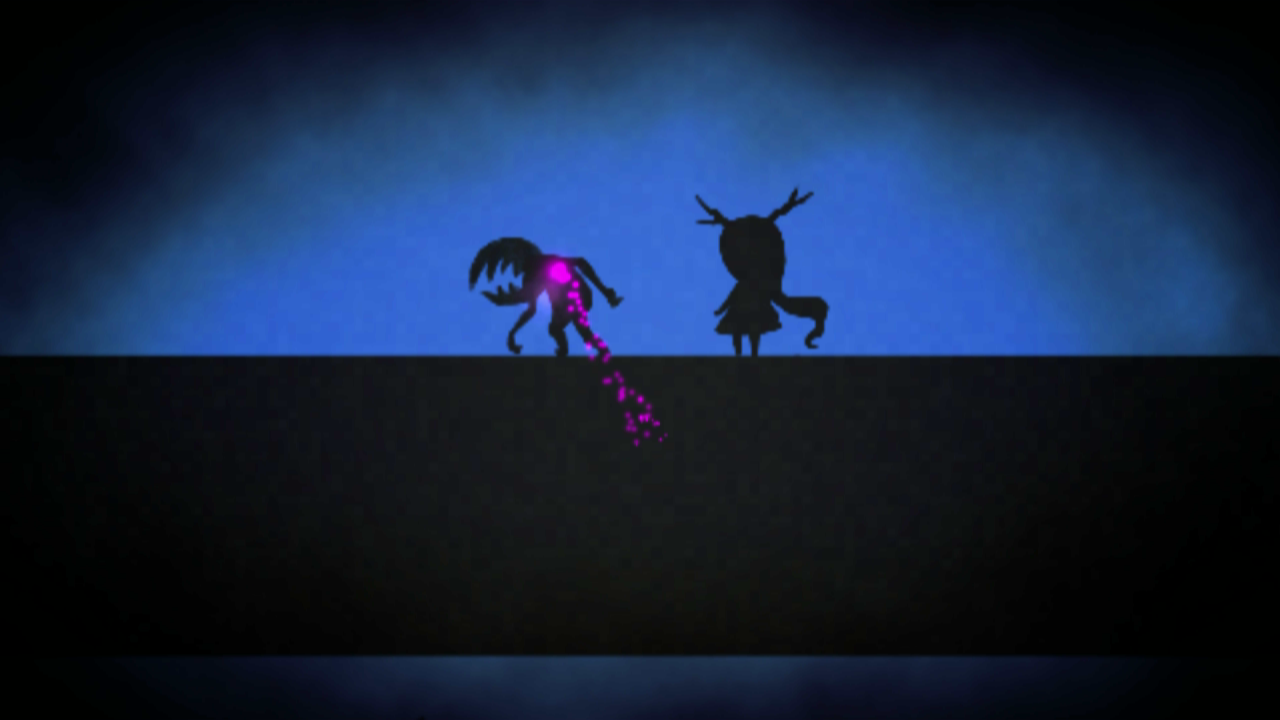
This leads to my next negative. There are actually alternate control schemes you can choose from. It’s actually a good thing too, since one of them is stick and button controls. This makes things a bit more tolerable in terms of controlling the game, but I wouldn’t say it completely fixed everything. My concern is that the game does a poor job in letting the player know. A brief message about how the controls can be changed would have been really useful. I didn’t know about an alternate control setup after completing the first couple stages of the game. I only found out about it through a quick read through of the game’s manual. There is an options menu, but it too is a bit misleading since you don’t grasp right away that there are multiple sections of it, one of which will lead to changing the controls.
I often wonder if challenging gameplay can be a negative or a positive. I feel it could be both, and is very situational. The Firefly Diary is challenging with its level design since many are trial-and-error and require thought, which I welcome. The floaty controls though and having to guide an uncontrollable character that doesn’t always do what you want the first time can provide other challenges, but this one brings about frustration. So while the challenge is refreshing, the imprecise controls and mechanics can put players off. So I won’t find it too surprising if many end up not finishing the game or skip out on it entirely. It’s definitely not a game for everyone. There are some very friendly checkpoints though to help ease some of that pain.
The Good: This leads to why I ended up enjoying the game as much as I did. When you face difficult challenges, it always feel satisfying in the end once you overcome them. That’s what I felt with The Firefly Diary as I completed each level in the game. Not only that though, the interesting story that was being unfolded as I got further into the game provided a good amount of motivation.
The story of The Firefly Diary is told without any dialogue and through visuals. Aside from what you encounter in each of the levels, there are collectible items called memory fragments that can be found. These help provide some backstory to the game and help fill in some of the mystery surrounding the game. I think telling the story this way helps encourage players to keep playing, and adds in a extra bit of challenge since some fragments are well hidden. The lack of dialogue also open up the game to interpretation, which just kept adding to my curiosity and interest in the game. Adding this with the satisfying feeling of completing each level, and you get a pretty good pay-off to all those struggles. Especially with the true ending of the game, which really shook things up.
Also adding to the motivation were the game’s trophies. While I don’t consider myself one who’s constantly fishing for trophies, if I like a game enough I often try out the challenges provided by the trophies. The Firefly Diary has a challenge for each stage in the game, which helps add some replayability for those interested. Since there’s not much to go back to if you already know the answer to an obstacle, and gotten the collectible. Unfortunately, the game can feel short if you just straight-shoot it, or are very skilled at each of the obstacles. I still felt it worthwhile though.
Even though the gameplay felt off at times, everything else surrounding it was great. I love the look of The Firefly Diary. It gives off a feeling of a storybook and the dark colors really emphasize that mysterious unknown feeling you get when you start out. The ambient music playing in the background helps further that feeling too. Not all the music is moody either, and I found a couple tunes very catchy and memorable.
Overall Thoughts: It wasn’t until after I fully completed htol#Niq: The Firefly Diary, that I felt like this game was truly special. The gameplay was indeed a challenge, but I never felt like anything was impossible. Ultimately, it was the heartfelt story being told that kept me going. Accompanied by beautiful visuals and music, pretty much everything else surrounding the gameplay was great. Even when frustrated, I found the game hard to dislike because once I grasped how the game worked, the controls became less and less of an issue. In the end, I was surprised at how much it left a mark on me. I’ll admit it does have problems, but at a price of $14.99 digitally, I encourage Vita and Playstation TV owners to at least give the game a shot. Simply put, htol#Niq: The Firefly Diary is currently one of my top video game experiences so far for 2015 and easily one of my favorites for the Playstation Vita.


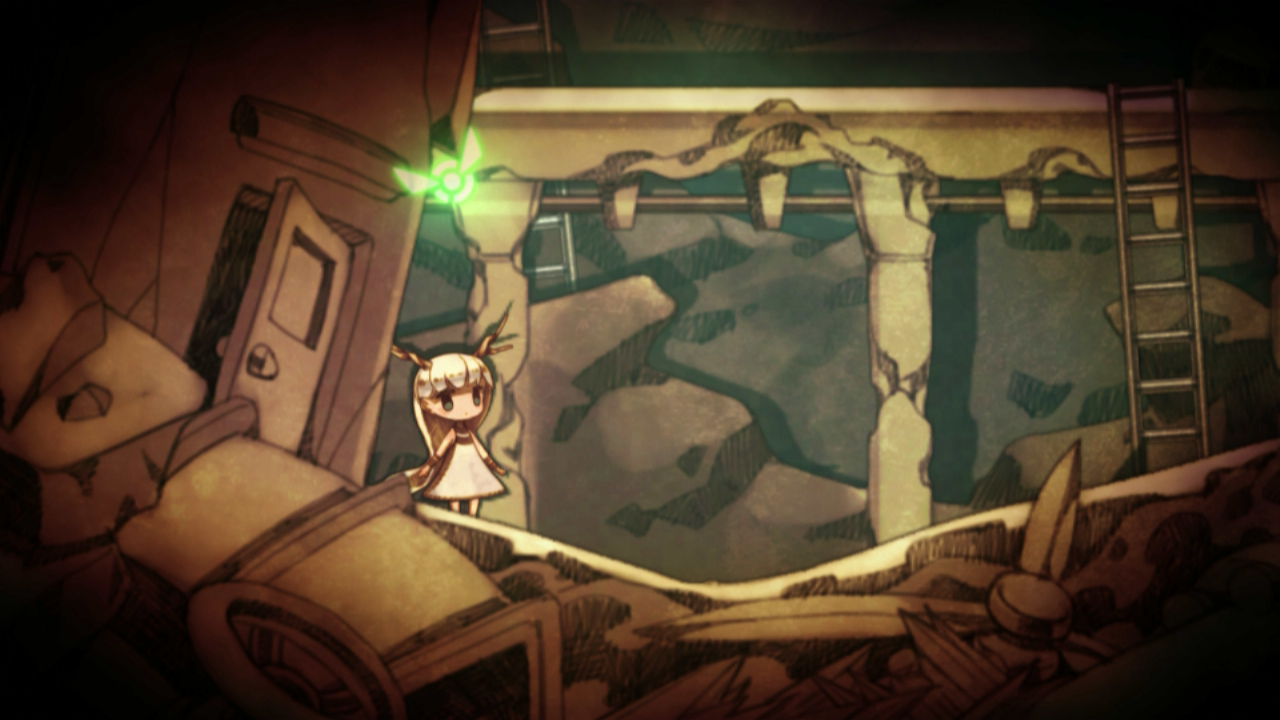
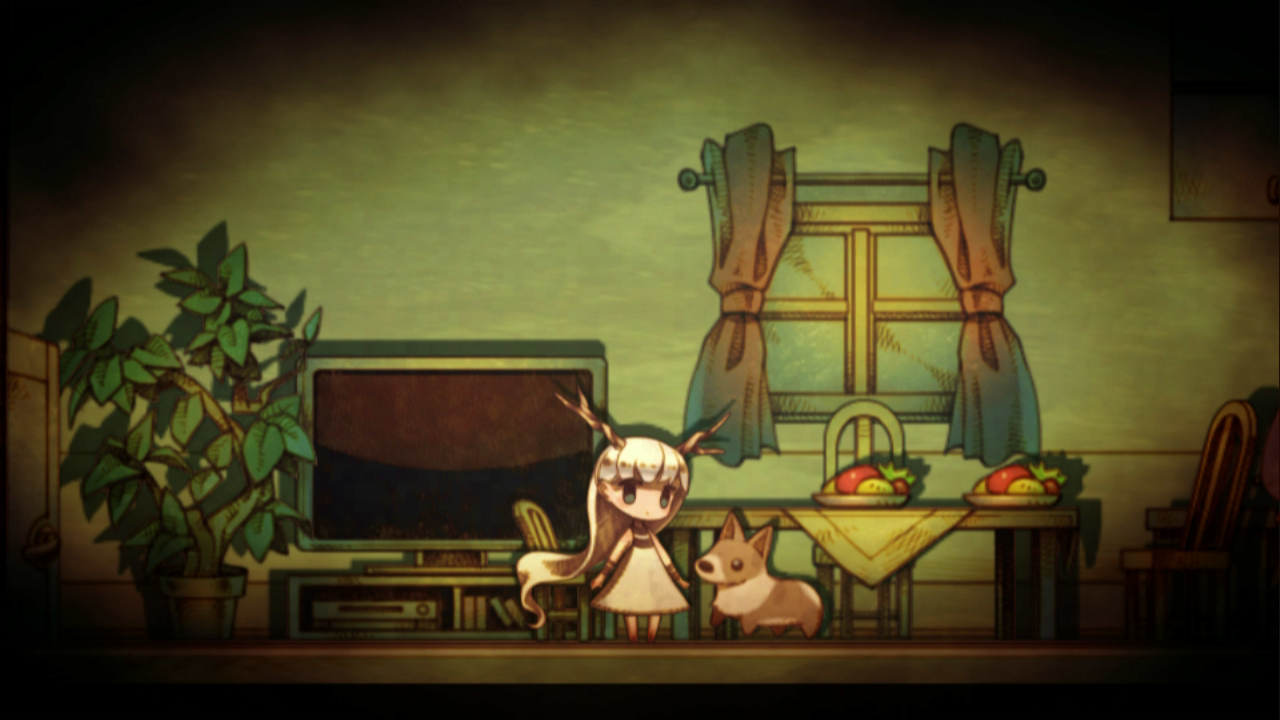
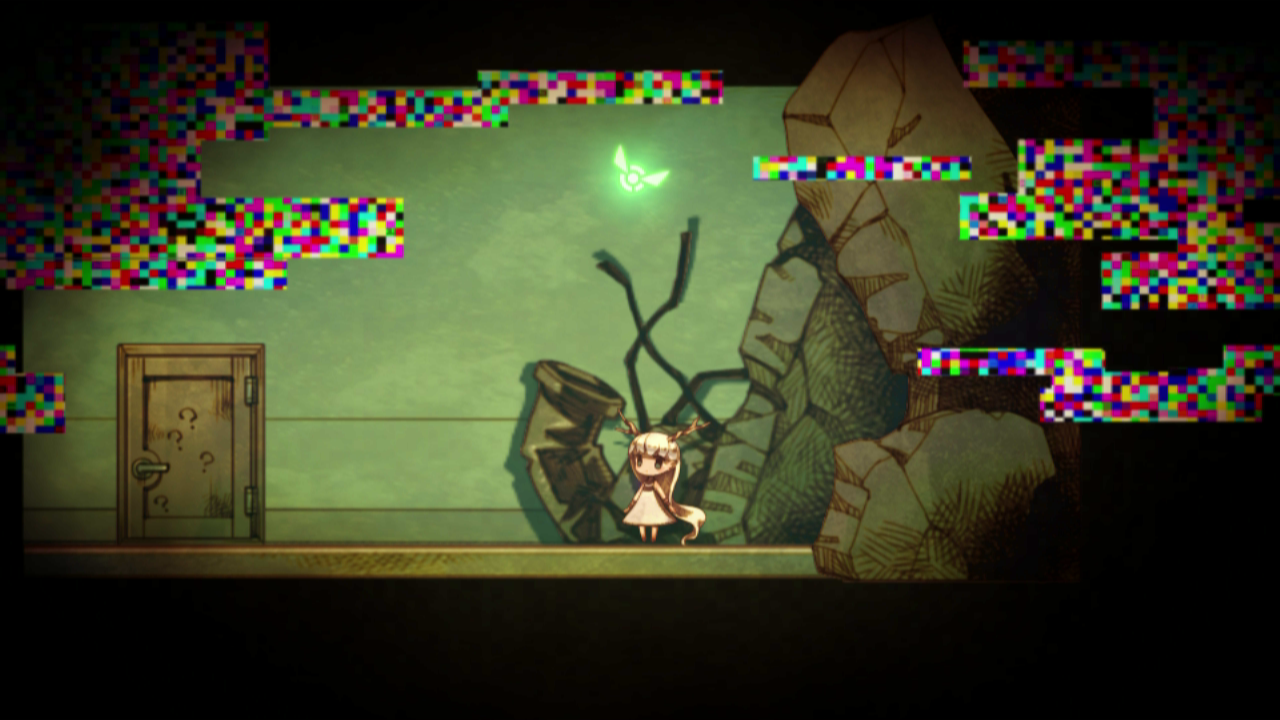




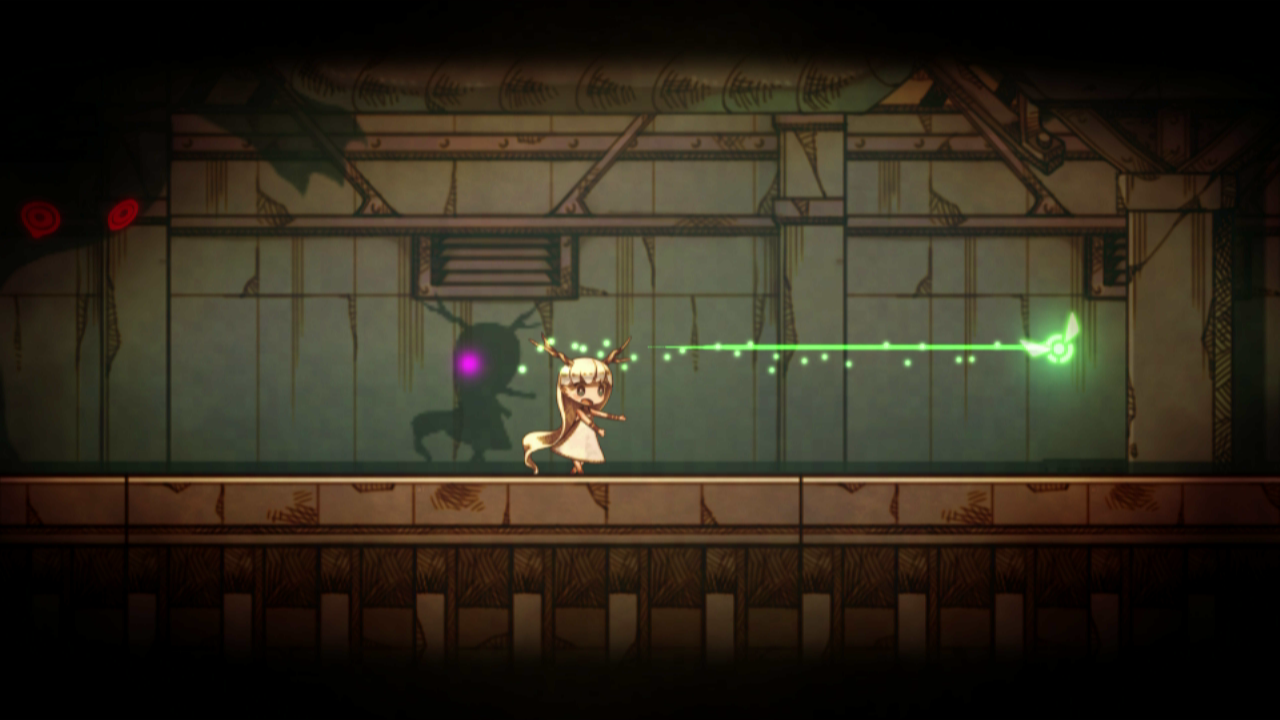
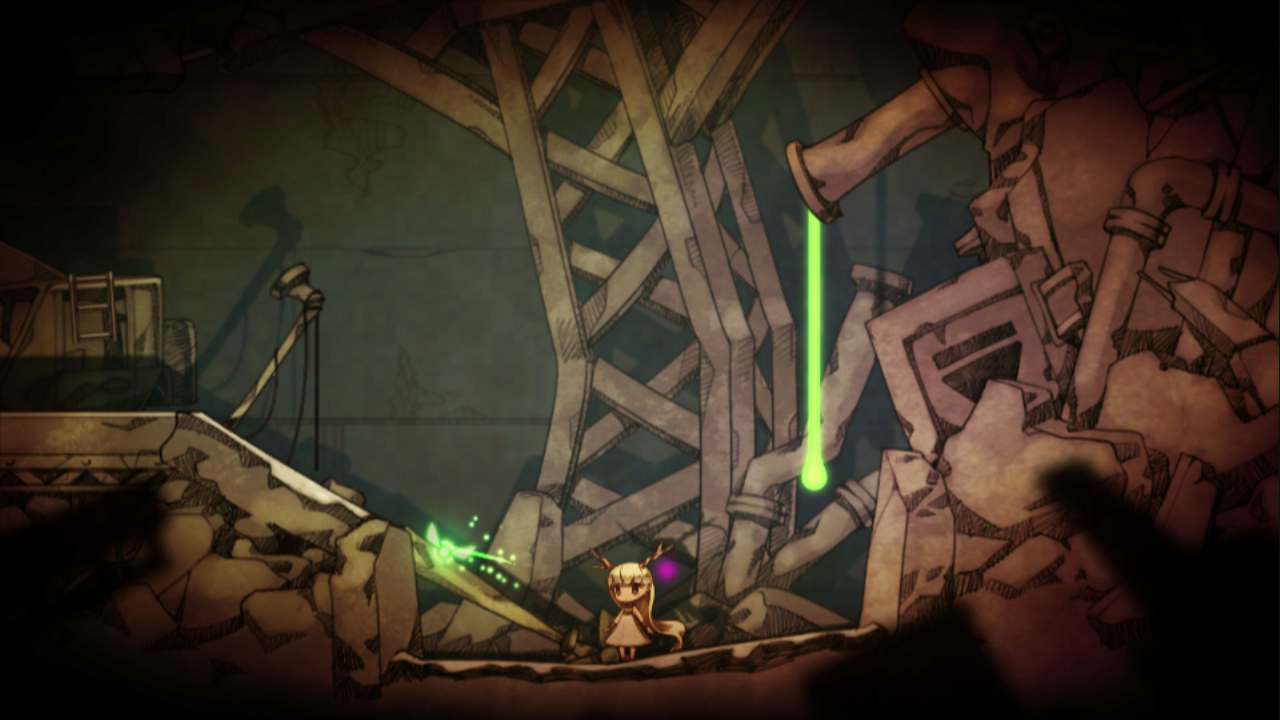
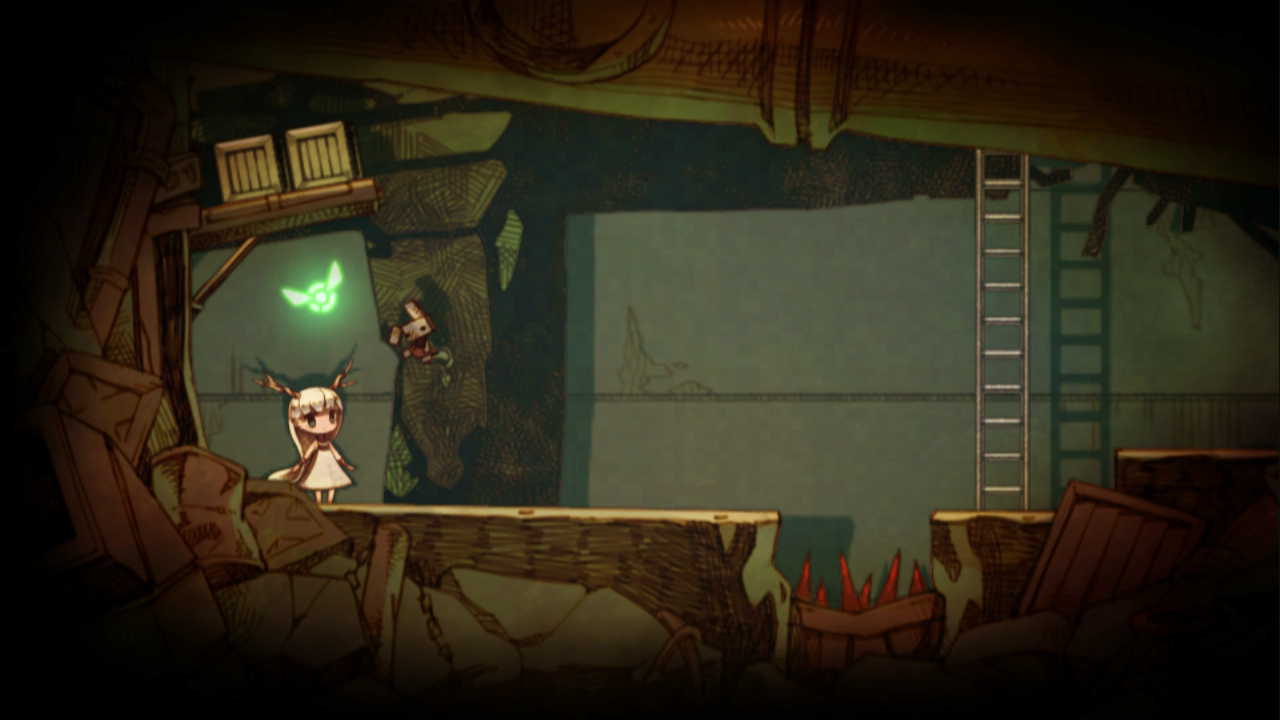
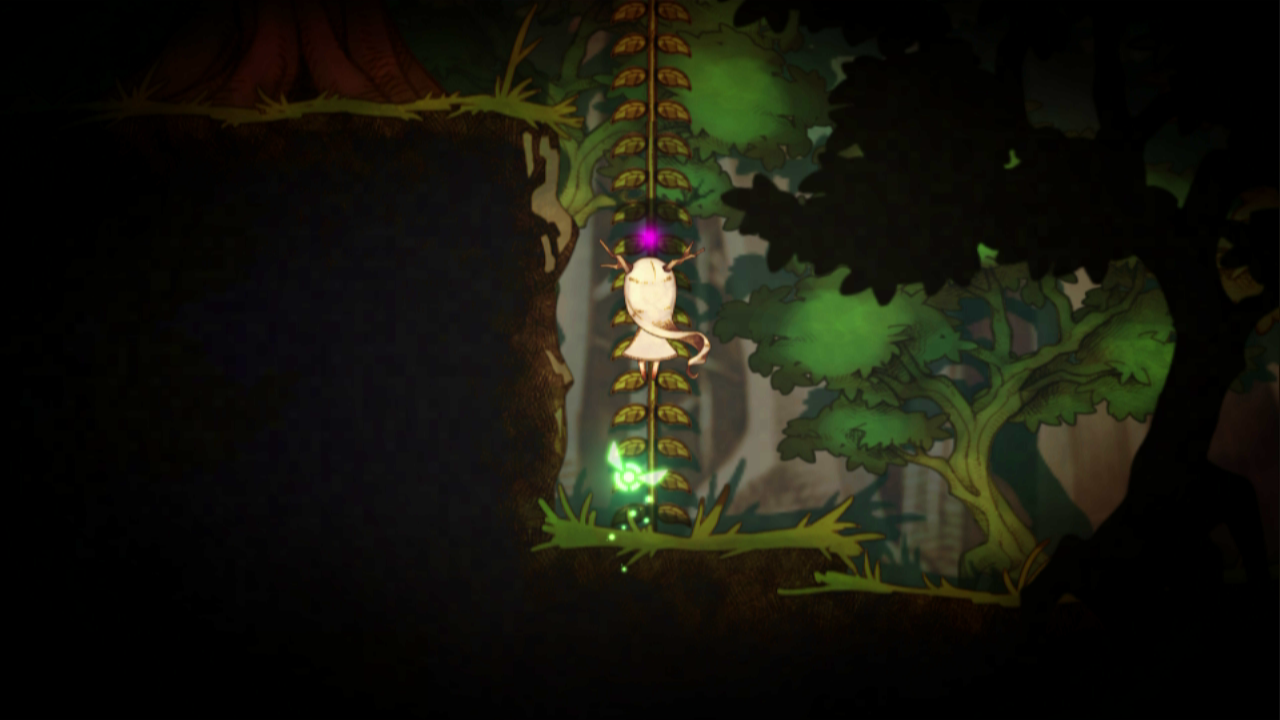
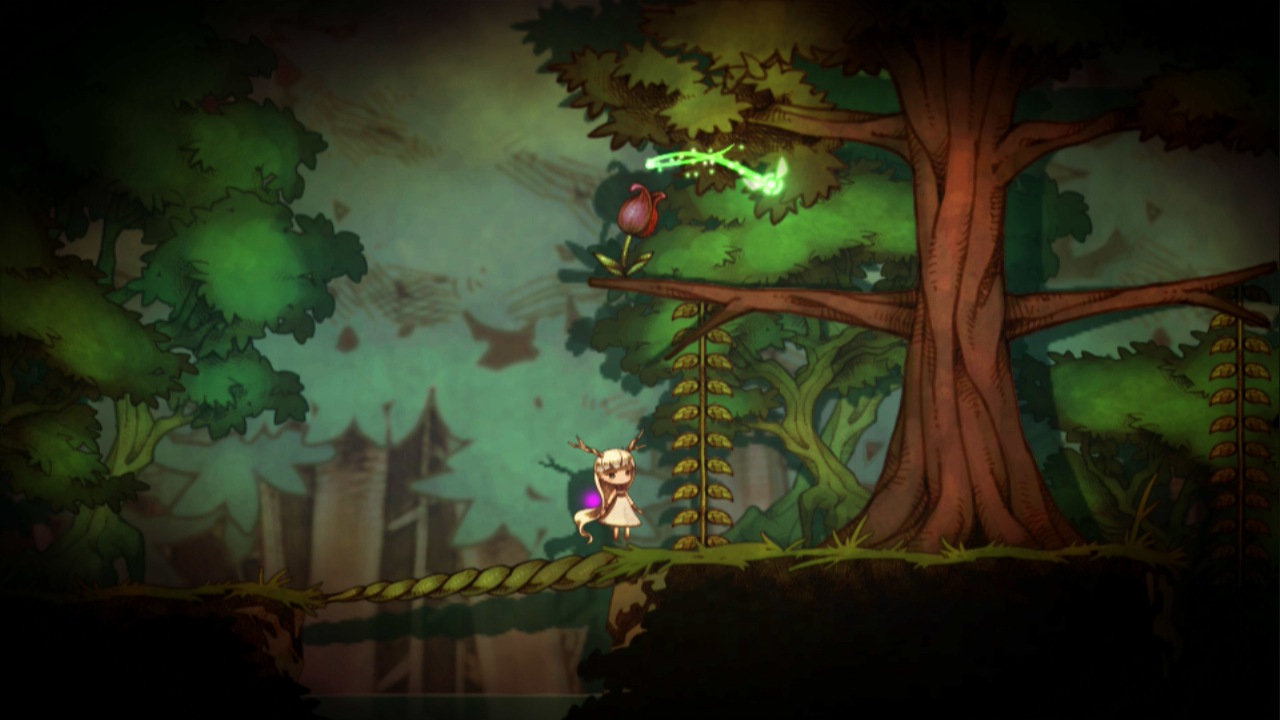

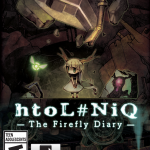












You must be logged in to post a comment.